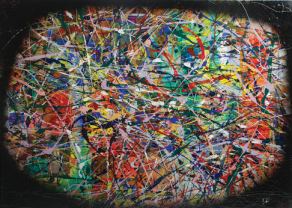 The Nine Stages that are needed for developing an understanding of your innovation capabilities, so as to make them more dynamic and as a result to be at the top of your innovation game.
The Nine Stages that are needed for developing an understanding of your innovation capabilities, so as to make them more dynamic and as a result to be at the top of your innovation game.
This “step process” I believe gets you to the point of understanding what innovation capabilities are a better ‘fit’ for the purpose, to deliver on your innovation needs on a consistent, repeatable and evolving basis.
Building innovation capabilities take time; they are complex, highly structured and multi-dimensional. Any structured approach to tackling innovation takes time and considerable commitment. Any learning involves sensing, seizing and then transforming.
We are searching for what makes up the present system and what needs to be part of the future to create a ‘best’ innovation capability environment that is sustainable into the longer-term. Those that can be continually ‘orchestrated’ and constantly adapted to meet the strategic need. Continue reading “Understanding your innovation capabilities to make them more dynamic”







